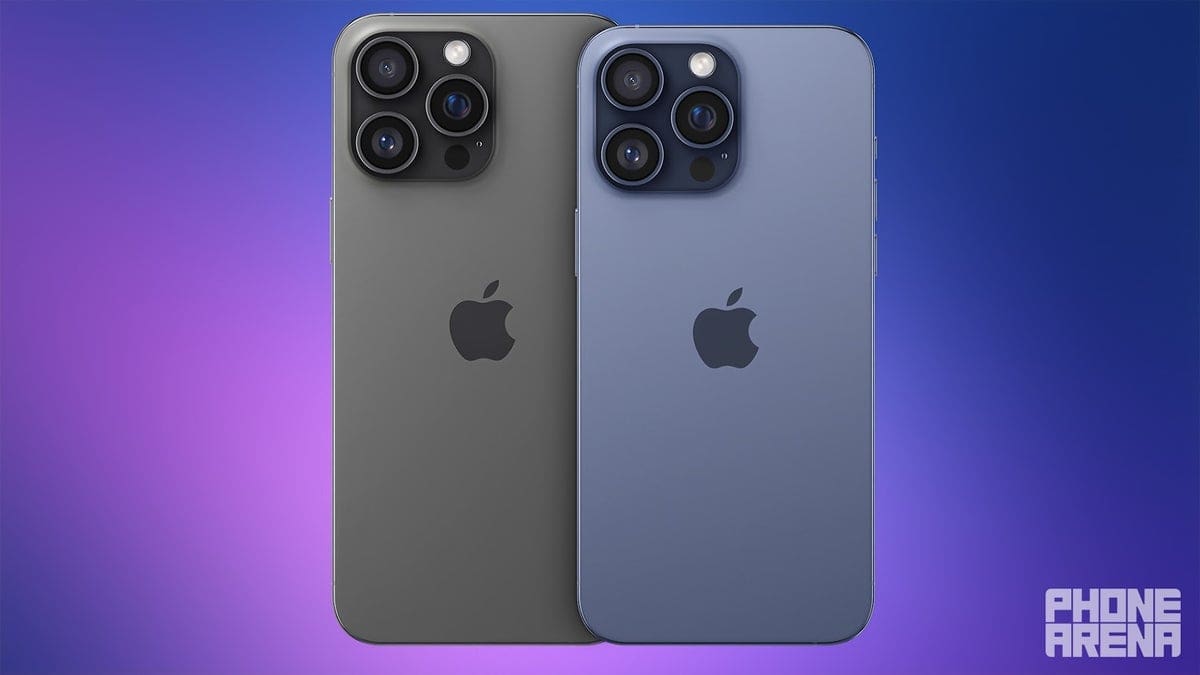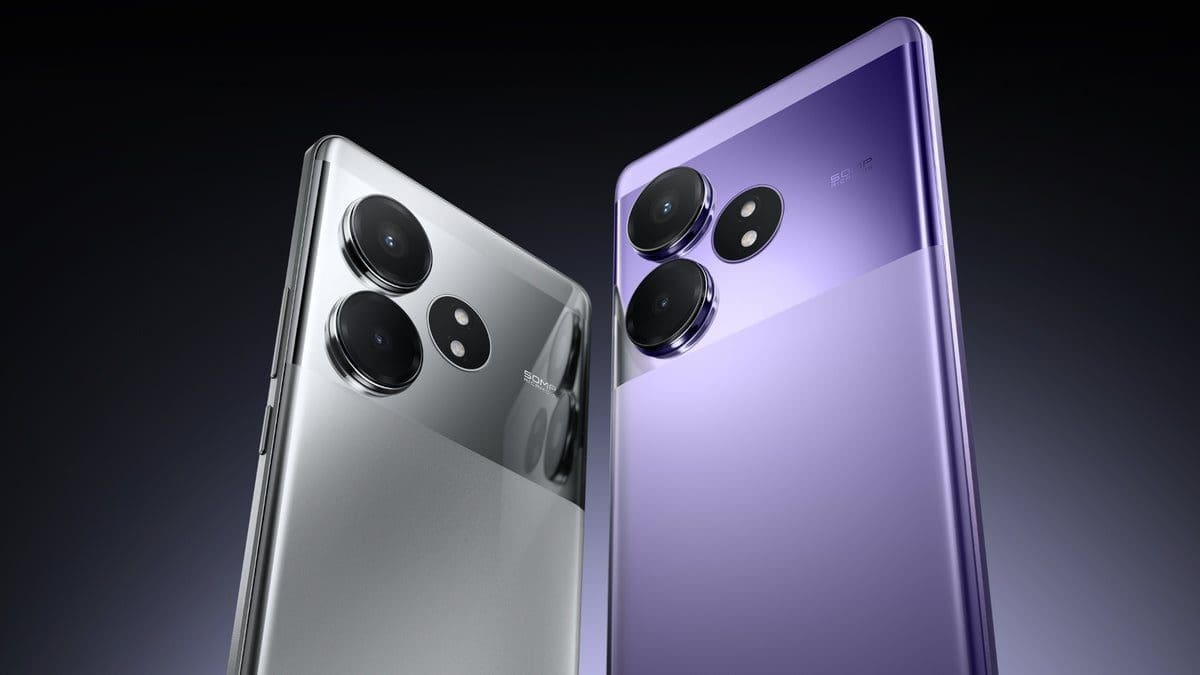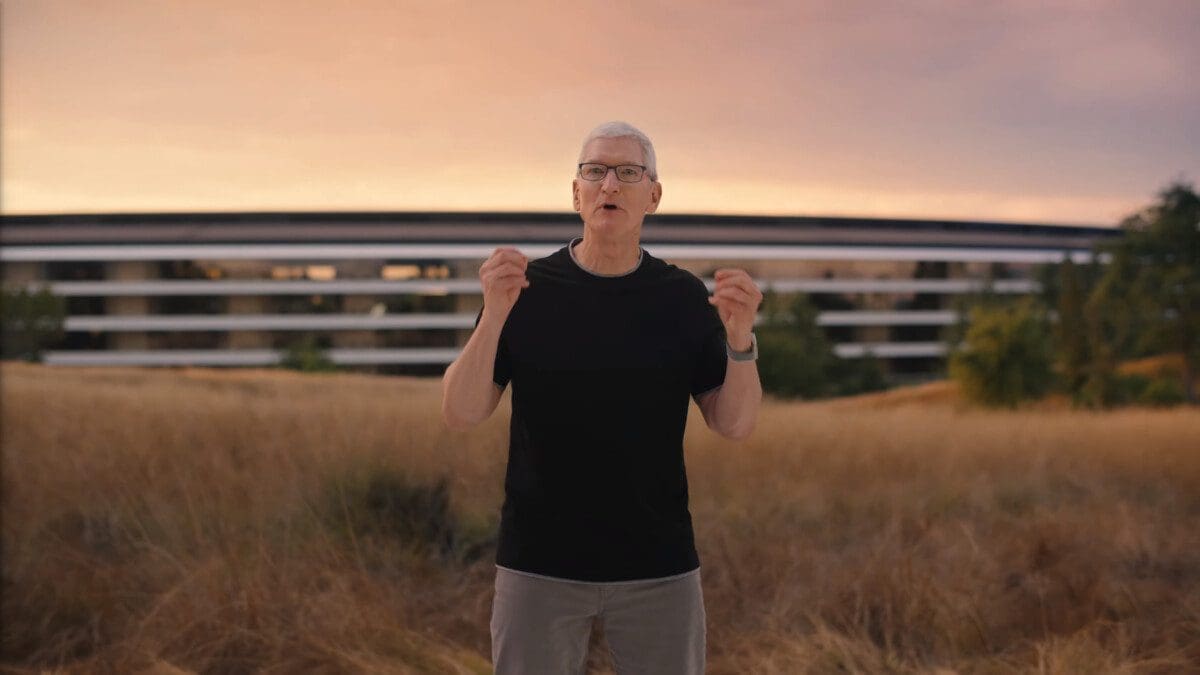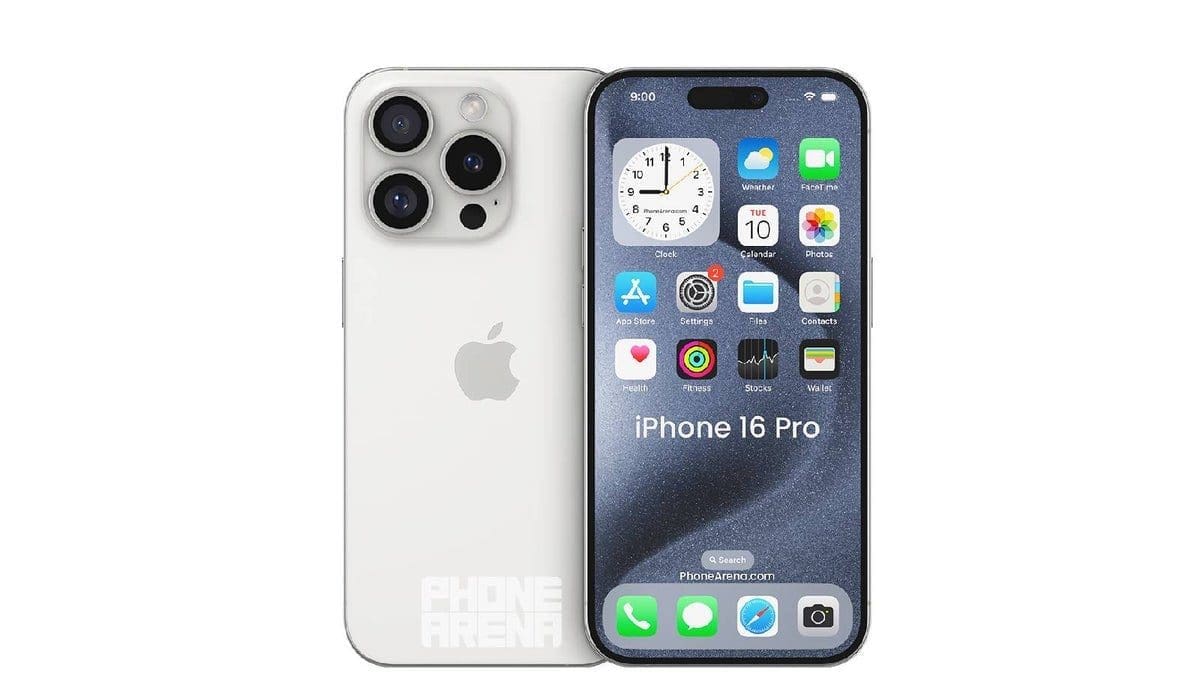In a world where phones are constantly evolving, the motto seems to be “Thinner, thinner, thinner… and thinner with AI!” But let’s take a moment to appreciate the physical aspects of our beloved devices – size, dimensions, and proportions.
Phones are getting thinner by the hour, thanks to advancements in technology that bring us slimmer batteries, compact camera units, almost paper-thin foldables, and ultra-thin bezels. The talk of the town right now is the iPhone 16 Pro Max, which is rumored to have the thinnest bezels ever seen on a smartphone.
The potential of the iPhone 16 Pro Max breaking records with its ultra-thin bezels has everyone buzzing. Preliminary renders look absolutely stunning – like something out of a sci-fi movie. But before we get too carried away with excitement, let’s consider some potential challenges that come with such futuristic design.
One of the key technologies enabling these ultra-thin bezels is BRS (Border Reduction Structure), which aims to reduce bezel thickness by optimizing circuitry layout beneath the display. This involves techniques like folding or bending wiring and relocating components from the bottom bezel.
But why should we be excited about (almost) bezel-less phones like the iPhone 16 Pro Max? Apart from looking sleek and luxurious, thin bezels offer several benefits:
– Larger display for maximizing screen real estate without increasing phone size
– Enhanced multitasking with better split-screen experiences
– Improved gaming experiences and more space for content consumption
However, it’s important to consider some potential downsides to ultra-thin bezels:
– Increased risk of accidental touches on the side of the screen
– Potential durability issues due to exposed screen edges
– Higher servicing costs for repairs due to complex design
Despite these concerns, there’s no denying that phones like the iPhone 16 Pro Max with ultra-thin bezels are likely to be a hit among consumers. The allure of exotic and premium design features often outweighs practical drawbacks for many buyers.
In conclusion, while every phone maker may strive to release all-screen flagship devices in the future, it’s essential to weigh both the pros and cons when considering such cutting-edge technology. And if you prefer a more traditional approach, there’s always the option of embracing devices like the Google Pixel 8a with its classic design elements.










